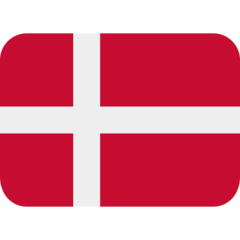This multi-method project asks what the arts, in transdisciplinary learning spaces, can contribute to primary education.
We position our work at the interstices of:
- the rising wave of interest in, and imperative for, building sustainable creative futures;
- the concept of the Anthropocene which pulls together ideas of environmental change and the relevance of education for society; and
- allowing pedagogical experimentation across subject boundaries to broaden learning opportunities for empowering children.
Methodologically, we use the dimensions of an arts-based perceptual ecology, where direct experience, the magical (a special and exciting quality that makes something seem different from ordinary things), intuition, imagination, art-making and the language of pattern become part of an interconnected learning system, to explore how children and their teachers co-create possibility spaces for fostering transdisciplinary learning.
Using a sculpture installation as stimulus, we analyse three sets of transdisciplinary practices enabled by the co-creation of possibility spaces.


